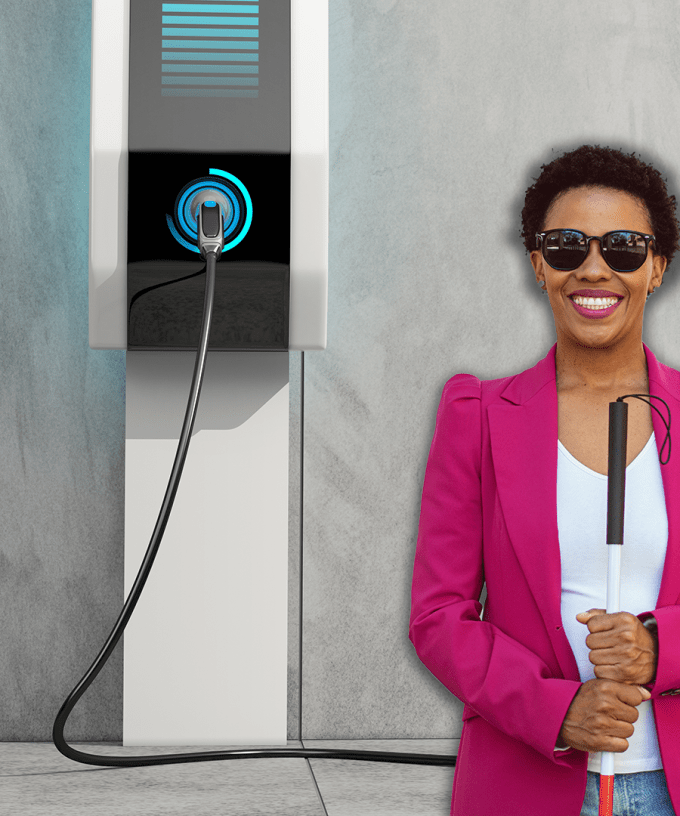Electric cars are a hot talking point for cities and states across Australia.
Their many benefits and low-decibel motors can be seen as a blessing in our noise-polluted cities… But could their lack of noise pose as a future problem?
The answer, as Michael Roan, an engineering professor at Penn State University, Pennsylvania, US, puts it, unfortunately yes.
The most effected? The vision impaired. according to Vision Australia, 35% of the blind or vision impaired report being hit, or nearly hit, by electric vehicles they didn’t hear approaching.
This problem isn’t a new one, in fact governments around the world including Australia have been aware of it for a while.
There are calls to set a standards for how much sound an electric vehicle must make.
To find out what this may look like, 16 people, some vision impaired and some with normal vision but blindfolded, were tasked with listening to the car approaching on a quiet stretch of road. When the volunteers heard the car approaching, they had to push a button. When they thought it was gone, they pushed the button a second time.
The results were disconcerting.
In general, people heard the car much better at 20 km/h than at 10 km/h—not surprising, because the faster a car goes, the more its overall sound is dominated by tyre noise. Above 20 km/h tyre noise dominates, and most cars sound pretty much alike. But at 10 km/h, it was found that 20% of volunteers would have stepped into the path of danger.
Worse, in the course of 90 experimental runs, there were two in which nobody heard the car. That’s not a lot, “but when you extrapolate it to millions and millions of people, that’s a lot of people getting injured.”
The next step is figuring out what type of noises best reduce this risk, without being unpleasantly loud.
Having the car sound like an internal combustion engine has been ruled out, with authorities opting for something “more futuristic” instead. The problem at the moment is no one knows what this sounds like.
Another issue is how to make this work as the green energy future fully arrives and electric vehicles are everywhere. “If there are 20 of these cars all in one area, how is that going to affect people’s detection of the one that’s most dangerous?” Roan asks. “I don’t think anyone knows that yet.”







